War, porcelain and art ...
Porcelain is a truly unique material that allows you to create even such monumental compositions. You can see this “small” (and that relatively small!) In the exposition of the famous Dresden art gallery.
Not once or twice in the history of mankind, it happened that successful wars turned into a rise of art in a particular country. The Romans conquered Greece and were conquered by its art. They began to copy it so that today most of the ancient Greek sculptures are known to us only in Roman copies. The Renaissance gave new impetus to this - condottieri ravaged Europe and the same Italy, but it gave money to art lovers that appeared and they paid them to artists and sculptors who were so respected that even the Pope did not disdain to give the artist a dropped brush. That is, the money obtained by war and robbery went to the palaces and beautiful paintings, and someone's sweat and tears were not interested in anyone.
There are also these huge porcelain Chinese vases, covered with amazing paintings. It is not surprising that such products for their palaces and hunting lodges tried to get all the monarchs of Europe.
Further more! Having been fed up with the antiquities found in the land and the creations of compatriots, the Europeans set off overseas in search of new products that enchant us and strike weapons. 4 May 1799, the last and decisive battle of Seringapatam in India, having won a victory in which, the British completely looted it. In addition to piles of gold and precious stones, a huge amount of various art objects were brought to England, including Tipu Sultan’s personal belongings, his luxurious daggers and swords, firearms weapon and rich clothes. Today, a significant part of the exported is part of the collections that belong to the British royal family and the Victoria and Albert Museum. True, then some of these items were bought at auction and returned back to India. Thus, in 2004, the famous sword Tipu Sultan bought Sotby's Indian liqueur manufacturer Vijay Mallier at auction.
Do you think these are real flowers? Not at all! Porcelain is only one china!
But even further India lay China, from which, even before the beginning of the XVIII century, Dutch, Portuguese and English merchants imported porcelain into Europe. At the same time, namely at the end of the XVII century, in Europe and there was a fashion for Chinese porcelain. But as the Europeans did not try to learn the secret of its manufacture, the Chinese kept it in strict secrecy, although they had mastered the production of hard porcelain as far back as the 6th century. Actually, Europeans were introduced to porcelain by Marco Polo, but at that time there was no question of its mass supplies. Now, one ship after another sailed across the sea to Europe, and in their holds perhaps Chinese and Japanese porcelain was perhaps the most precious cargo.
Chinese porcelain of the early twentieth century. Belongs to the category of "soft", so it is thick-walled. But the painting is very thin.
This service was intended for export to Europe, so there is a milkman in it.
The Japanese themselves borrowed porcelain production technology from the Chinese rather late - around 1500 of the year. By the name of the harbor, where Japanese porcelain was loaded on Dutch ships, it was called "imari". Japanese porcelain was inferior in quality to Chinese, but its decoration was richer. Apart from the colors used by the Chinese, the Japanese were the first to paint it with gold.
Japanese tea and coffee service, made specifically for foreigners. At the bottom of each cup there is a printed portrait of a Japanese woman, and the walls are painted with colorful engobes. Moreover, if all the cups and saucers are the same, then the painting is different at all. It is clear that she portrays a dragon, but no two are alike, each looks different, mustache and wings. Moreover, part of the clay used in the painting of this service is white and porous. Therefore, it is impossible to wash the drips from it! But it’s just that the Japanese look good! It is immediately obvious that they used the dishes, and that she was “old.” In the enamel there are patches of tiny embers, that is, it is ... "hand firing"!
The first who appreciated the porcelain in Europe for their dignity was the magnificent Duke Francesco I di Medici, who in 1575 in the famous Florentine gardens of Bomboli arranged the manufacture of so-called “soft porcelain”. He was called “the Medici porcelain” and made it from clay from Vincenz. However, although it was translucent, it was not white, but yellowish in appearance. More than 50 products from the “Medici porcelain” have been preserved and it can be said that this was the first European porcelain, only in terms of quality and appearance, it was still inferior to Chinese. Then they tried to organize the production of porcelain in England and in France, but without success. The mystery remained a mystery!
Well, if it is impossible or too troublesome to keep living monkeys in the palace, then no one bothers to keep porcelain ones!
The King of Poland and the Saxon Elector Augustus A strong patron of the sciences and fought a lot, was also an avid collector. Money was needed for the army, more was needed for the money collection, so he was terribly happy when someone named Johann Böttger demonstrated in his presence “the transmutation of mercury into gold”. The naïve Elector, although physically exceptionally strong — they say that he could spin an iron poker into a ring, was apparently not very strong-minded, since he gave Böttger the title of baron before he richly provided him with money. And he, too, was not very clever, for he immediately began to lead a wild life, and did not care that he had not fulfilled the promise to the monarch. Therefore, it is not surprising that, seeing that there was no money either, and being ashamed that he could not fulfill his ally’s obligations to Peter the Great, in 1701, he ordered the arrest of the hapless alchemist and put him in a “golden house” where was kept by another alchemist, Johann Kunkel - his predecessor. Over the gold mining Böttger worked until the 1704 year, but it is clear that he could not get any grains.
And it was here that Augusta, it can be said, dawned on - he decided to establish his own porcelain production and at the same time replenish his treasury and collection.
In 1704, Böttger was sent to the fortress of Königstein, located in Saxon Switzerland, under the strict supervision of the commandant of Count E.V. von Chirngauz, who was engaged in mathematics and physics, and who also owned a glass factory, where porcelain was already created. Von Chirngauz was also engaged in the fact that he was looking for suitable raw materials for its production in Saxony, and evaluating the knowledge of Böttger, he took him to the company.
The dish in the center is made in the popular in Europe, the style of "chinoiserie", that is, "under China"
Within a year, von Chirngauz and Böttger managed to make red (or jasper) porcelain, for which red clay “bolus” from Plauen was used, containing a high percentage of iron oxides. Tableware made of jasper porcelain resembled that made of precious jasper, and was decorated in Chinese style with convex patterns and dragons. Later, this porcelain was called “Bettgerovsky”.
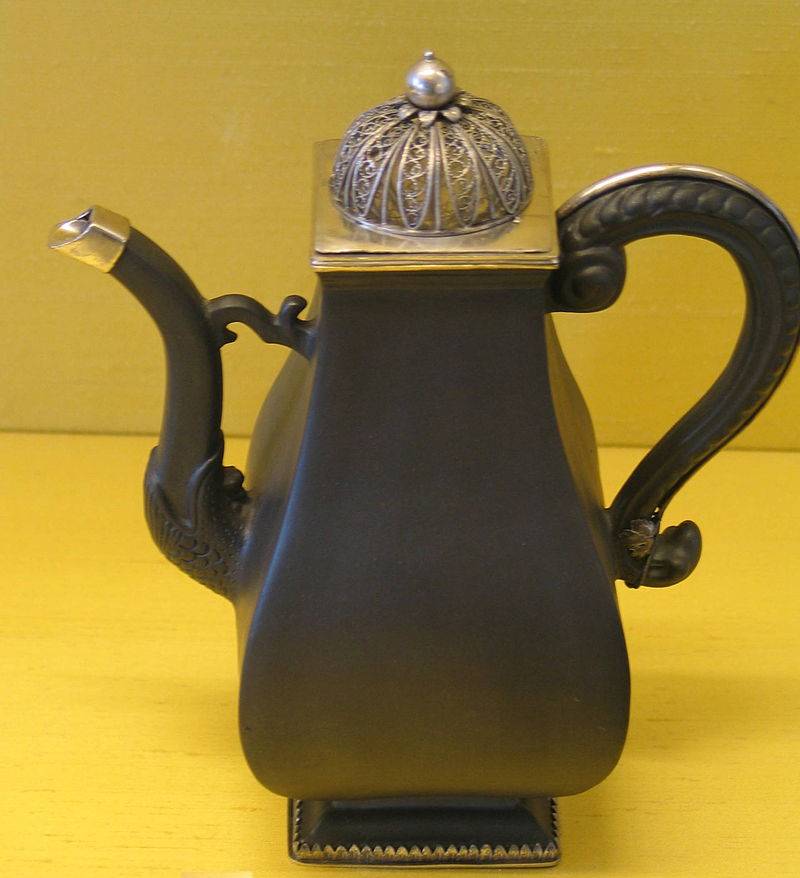
Coffee pot from red "Bettgerovsky" porcelain (before 1720).
What a terrible rhino, is not it? And it is also made of porcelain, “Byotgerovsky” porcelain, which very often looked like a real stone.
This success inspired Augusta, and he gave money to equip a special laboratory in Dresden in 1707. It was found out that for porcelain production it is necessary to have three major components: kaolin from the Schneeberg region and Aue, feldspar and alabaster as a flux, as well as the optimal composition of the initial mixture and the conditions for its roasting. In the year 1708, after twelve-hour roasting, it was possible to get the first plates of porcelain sponge cake. And since this was recorded in the journal of the experiments of Böttger, the time of birth of European solid porcelain is known to us to one hour. So one of the most expensive secrets of that era was revealed. At the same time, the new European solid porcelain exceeded the soft varieties of Chinese porcelain in quality. In 1708, Chirnhaus died of dysentery, and Bettger continued to work alone. He debugged the production technology of porcelain products and invented a glaze recipe, and his recipe is still used today.
The so-called "royal porcelain", decorated with royal and princely coat of arms.
Well, this is a “porcelain” of waste to the needs of tourists. It is unlikely that someone leaves Meissen without even buying such a souvenir plate!
After that, in 1710, a manufactory was organized in Albenhtsburg castle in Meissen, which began to produce dishes, the decoration of which imitated the artistic style of one of the provinces of China. But unlike Chinese, Maysen porcelain has a higher content of kaolin, therefore it is considered “hard”.
Just a porcelain gazebo ...
Then in 1717, the secret of porcelain painting with cobalt was discovered. They began to apply green tint to the raw clay, but after firing it acquired a bright blue color. With the help of cobalt, as before, popular Chinese motifs were reproduced in the so-called chinoiserie style. But soon their own paintings appeared on the products - for example: the famous “onion ornament”, and the dishes in the “onion” style at the plant in Meissen are still being produced today.
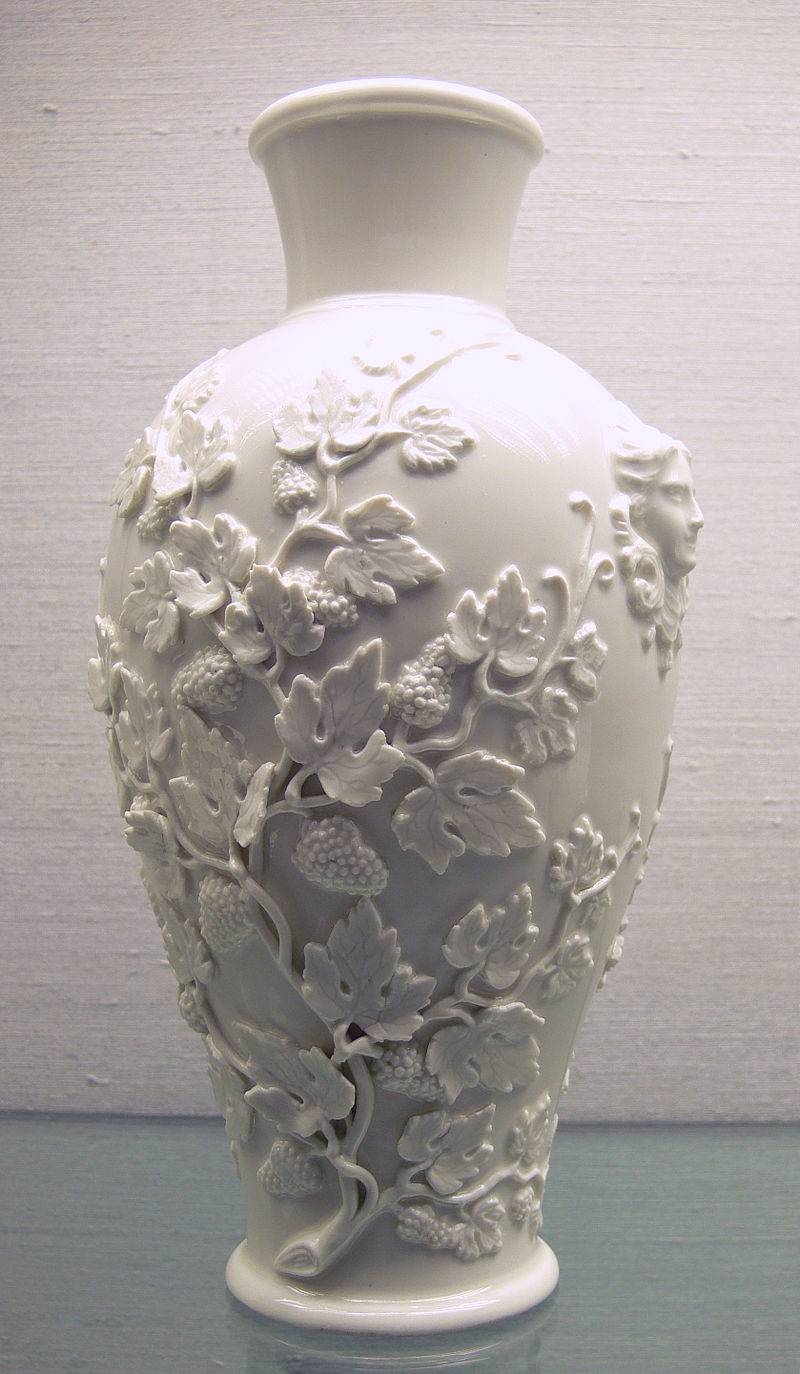
White porcelain vase, Meissen (1713 — 1720).
In the 1719 year, which undermined the health of fussing with various toxic substances, Bettger died, and in the confusion one of the porcelain production secretaries of custodians, Samuel Stoltsel, managed to escape to Vienna, where he founded his manufactory.
But here the Elector Augustus himself intervened in the matter, having had the nickname of the Strong completely in vain. Threatening death to the untimely Samuel Stolzel, his people returned the fugitive from Vienna, and the artist Johann Gregorius Gerold arrived to Meissen, to whom the kurfyust promised a solid salary. And in this case, he was not mistaken, because Herold was able to improve Meissen porcelain: alabaster was replaced with quartz and feldspar, as a result of which the products after firing became really snow-white. The artist himself preferred to work in the Japanese style "kakiemon." His color palette was rather limited, but Herold expanded his color palette to several hundred shades.
Figures by Johann Joachim Kendler.
1731 year for Meissen opened new horizons: Johann Joachim Kendler began his work at the enterprise, engaged in the creation of porcelain sculptures, which he made more than a thousand in his life! And sculpted the same animals in full size. He also made portraits of courtiers, including rarely lively sculptures of maid of honor in figs in the rococo style. However, there would be no orders, there would be no sculptures. And just then Augustus Strong distinguished himself again. He decided to order animal figures from porcelain that would look like real ones. And Candler fulfilled this order, but then Augustus died and all plans for the Japanese Palace collapsed overnight.
Candler's genre compositions were notable for their great vividness and were in great demand. Of course, it is possible to collect them, but even old rifles from museums are cheaper.
Then he took up genre compositions, which had a great demand: sculpted figures of children, separately and in groups, gardeners, peddlers, shepherds and shepherds fashionable in those years. His monkey orchestra received great fame: a composition consisting of 21 figurines was made by him for Louis XV and then donated to the famous Madame Pompadour.
Interior view of the gallery of porcelain in the ... Dresden Gallery.
Gradually, he created the same style that began to copy all the manufactories that produced porcelain. Exquisite curls of pens on tureens, compositions in the form of bouquets and flower garlands, ripe fruit in baskets and angels with wings with prayer-folded hands or fluttering among the clouds became classic designs for expensive porcelain dishes. And even when the rococo style was already out of fashion, the Meissen manufactory in this style continued to serve the monarchs on the tables.
And so it looks from the yard.
The main result of the Meissen manufactory was the service “Swan”, designed for exactly one hundred persons and includes two thousand different items. Moreover, it was done not at all for the king or the emperor, but for the wealthy bourgeois, one of the directors of the manufactory. And then, according to his model, they made a few more. After all, people are big monkeys!
Halls of the Porcelain Museum in Meissen.
Catherine II also honored the Maisen manufactory with her order and ordered several sculptures on a mythological theme. And then orders were flooded out of a horn of plenty, so special “Russian days” had to be installed on the manufactory, when orders were made only for faraway Russia.
In 1762, artist Michel Victor Asye appeared at the enterprise, with which white unglazed porcelain — biscuit — came into vogue, from which statuettes on mythological themes were launched.
Gradually, the popularity of Maysen porcelain fell so much that the enterprise at the beginning of the XIX century was on the verge of closure. But then the Meissen tableware began to be exported to the USA and Russia, and things got better. It is interesting that at this time statuettes and dishes used to imitate samples of the XVIII century, but the expensive works of the XIX century, which are sold today, were also in great demand - this is also an imitation of the former rococo style.
At the end of the XVIII century porcelain production was established in Venice. Venetian porcelain was notable for an abundance of gilding and “pictures” with views of Venice.
Before the revolution in Russia, so-called Kuznetsov porcelain became very popular. It was very durable, so the walls of the cups are thin, literally like paper. Gold painting exquisite and very elegant. Dear simplicity - that's what it's called!
Among the works of artists of this time stand out figurines and compositions by the sculptor Paul Shoyrich, who created more 100 figurines and compositions in the art deco style. And his audience especially liked his series of figurines called Russian Ballet, inspired by the performances of the ballet Sergei Dyagilev in Berlin.
But Emil Berner was famous for being able to make porcelain the world's largest bells. Their height is two and a half meters.
This is the logo and mark of the Meissen manufactory - two blue crossed swords.
Well, today, just like 250 years ago, the kaolin needed for an enterprise is mined here, not far from Meissen. Moreover, only two people are working on its mining, which is even noted in the Guinness Book of Records. But the artists on it are 450 people.
The British also contributed to the development of porcelain business: they managed to create the so-called "bone china", which is intermediate between hard and soft porcelain. And the greater “softness” is given to it by the burnt bones, introduced into the porcelain mass before firing. This is what a modern English bone china gift cup looks like.
Half of what they produce there today are dinner sets; 35 percent - belongs to ceramic sculptures and artistic porcelain; but everything else is exclusive orders of very high value. Meisen makes ceramic tiles that go to artistic panels.
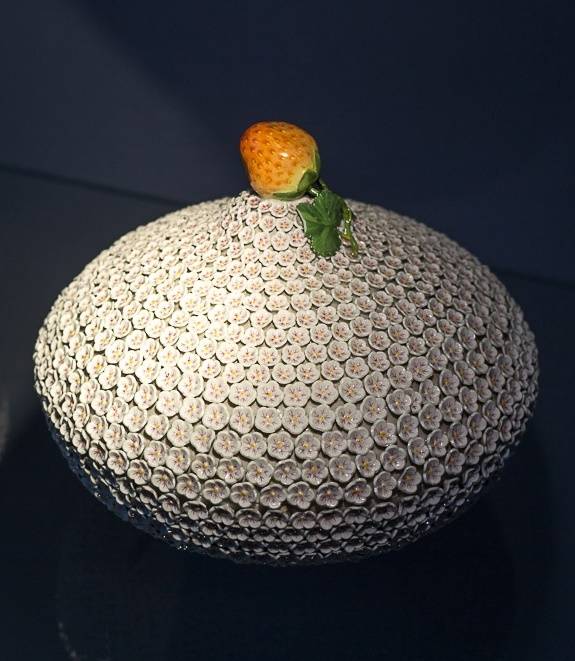
It is not so difficult to make such a fruit vase if you have a lot of V-spaces to ensure that all these flowers are the same!
In 2010, the company celebrated its anniversary - 300 years since its inception. To it were made exact replicas of the most famous works, including the “Monkey Orchestra, the Swan service, and also the sculptural images of Kendler's animals. All this enjoyed tremendous success, so that most of these replicas were then sold out. For example, copies of the famous VAZ went on 15 thousand euros for each. Interestingly, wealthy buyers from Russia prefer to order royal style porcelain with gilded relief ornament. This method of finishing came into vogue in the XIX century. The technology of applying the so-called "glossgold", a special kind of golden enamel, was developed by the artist Heinrich Gottlob Künon. Well, of course, all Maysen products are simply fabulously expensive. So, if the online store reports that it has a XVIII century statuette for two thousand euros of Kendler's work, then you don’t need to think, of course, it is a fake! Why so expensive? Because manual work! Although scientific and technological progress has come here. For example, all the small details of the rimmed decor - flowers, stars, curls of garlands, cups handles - all of this is molded in Vixint forms that are highly durable, so they serve for a long time, not like the old gypsum ...
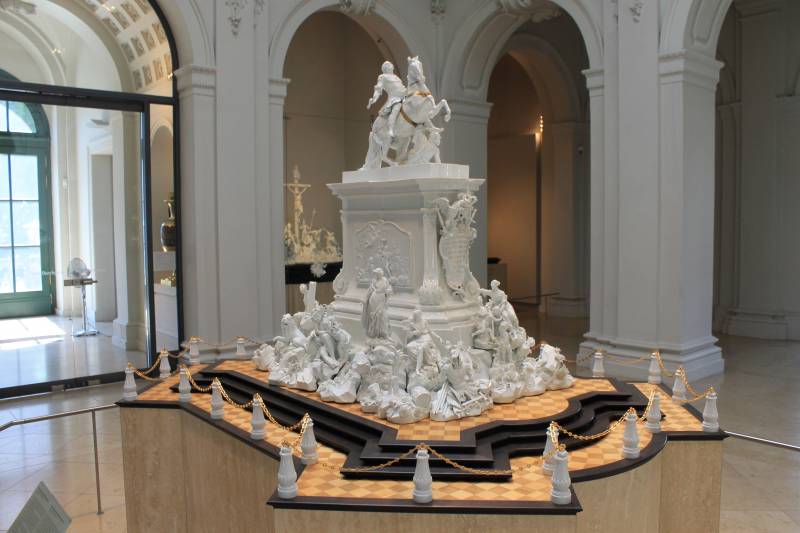
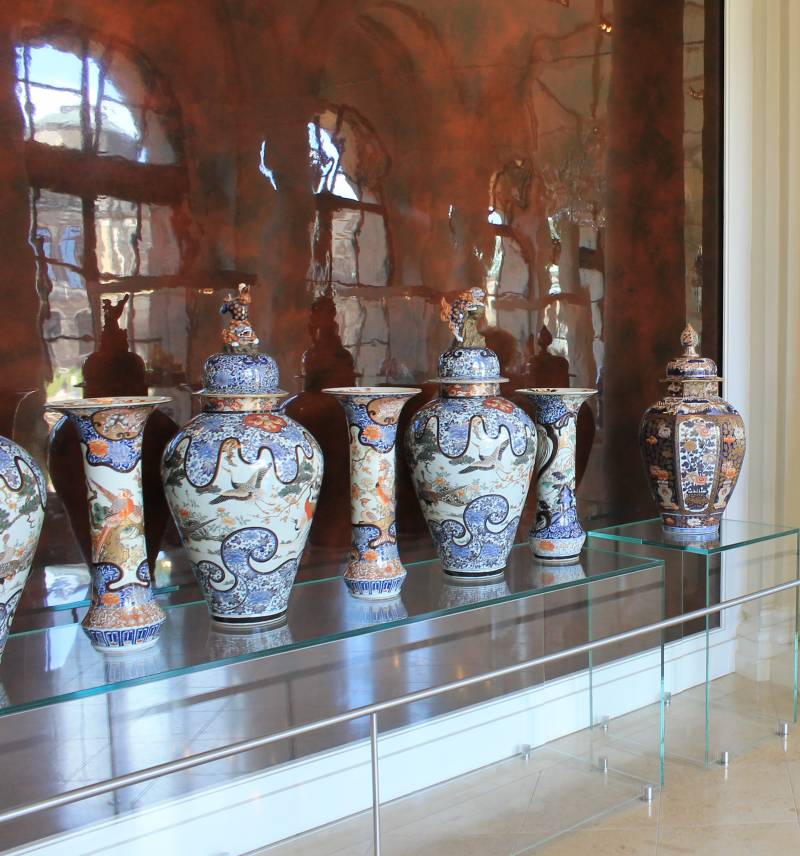
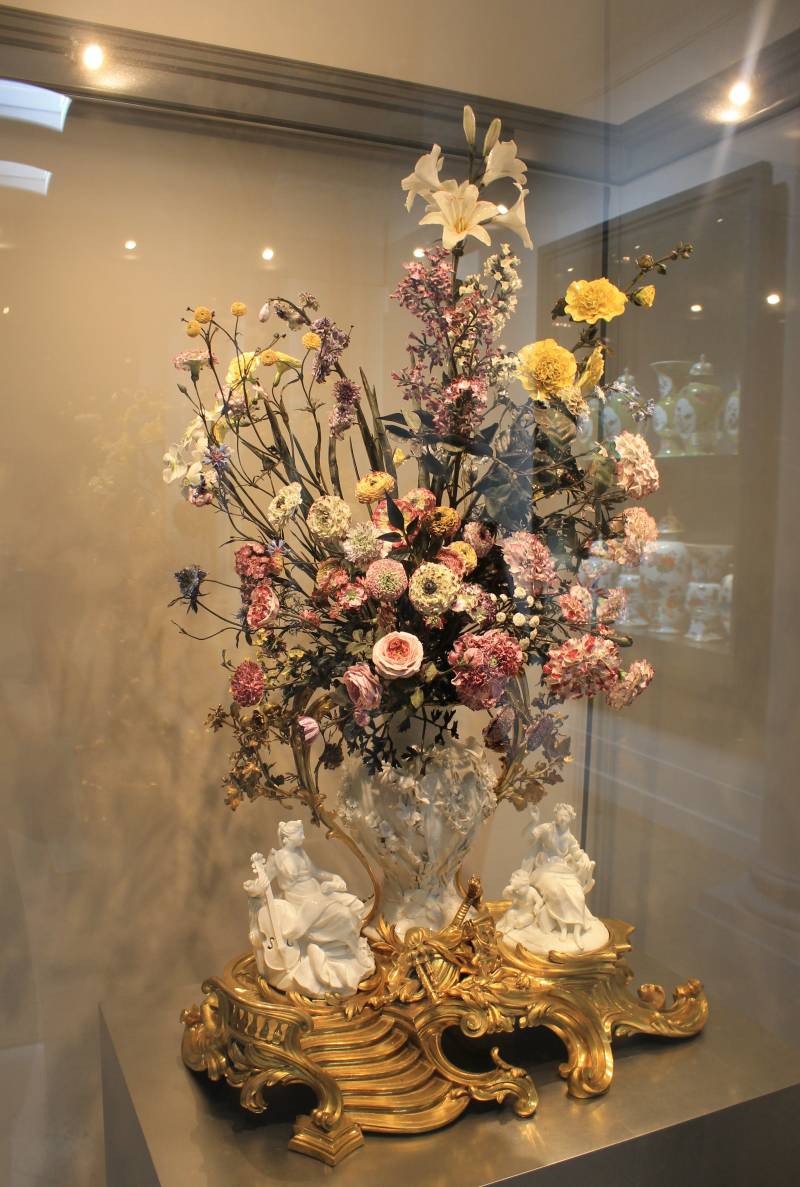
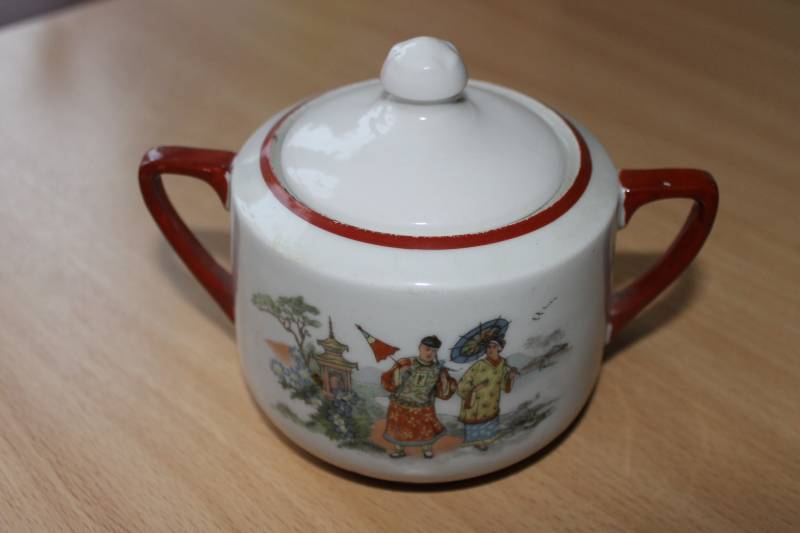
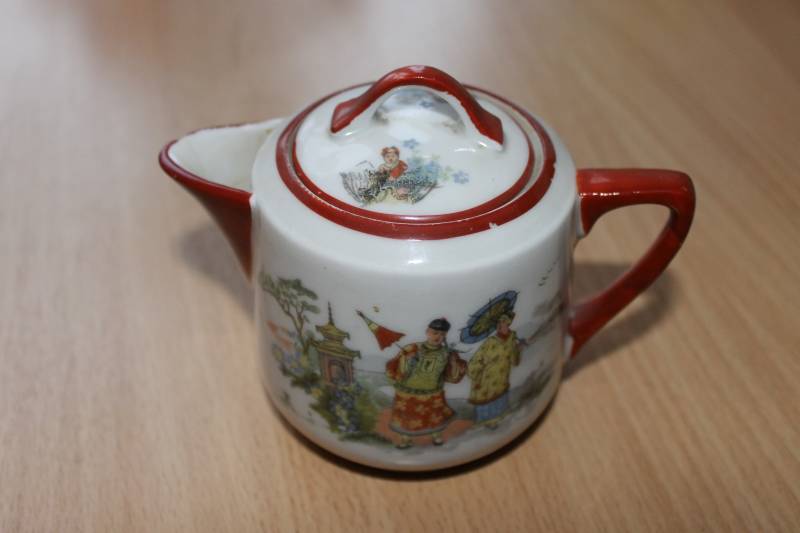
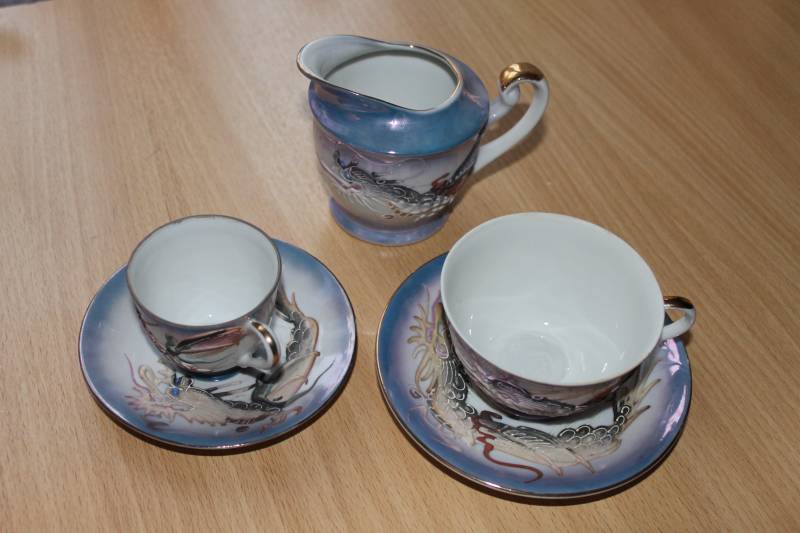
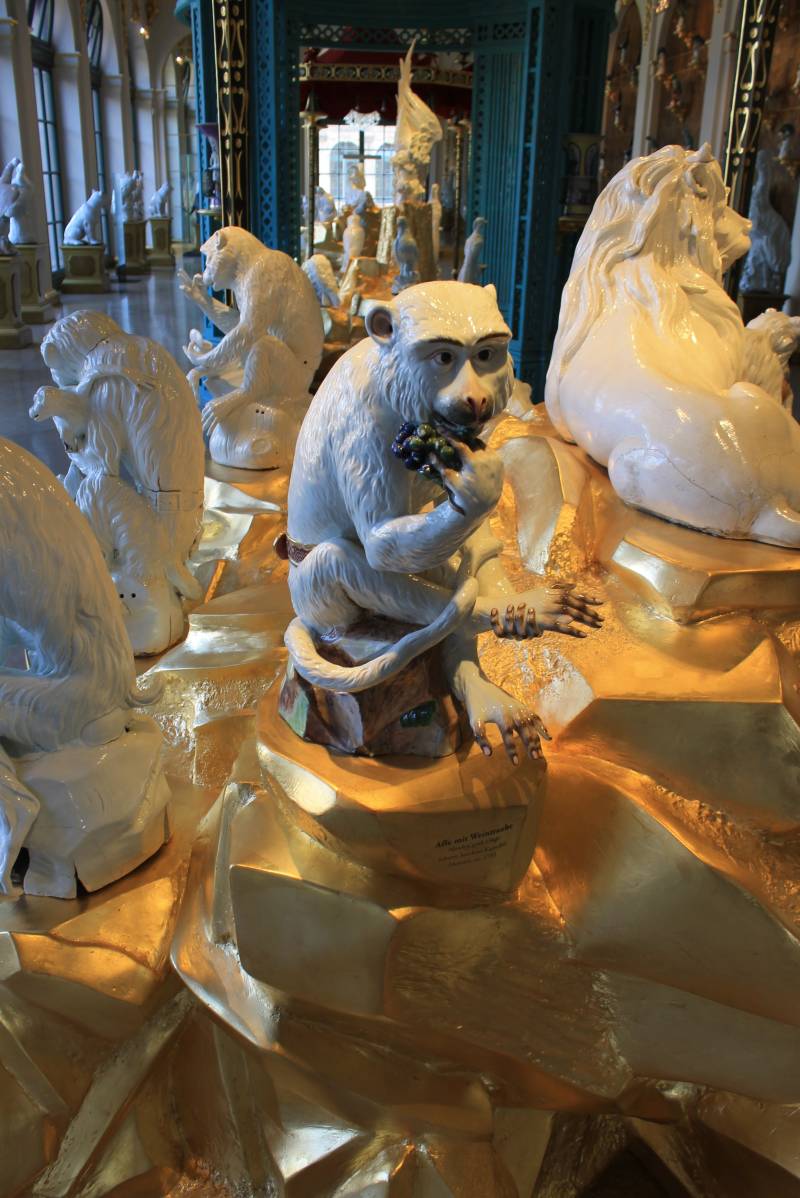
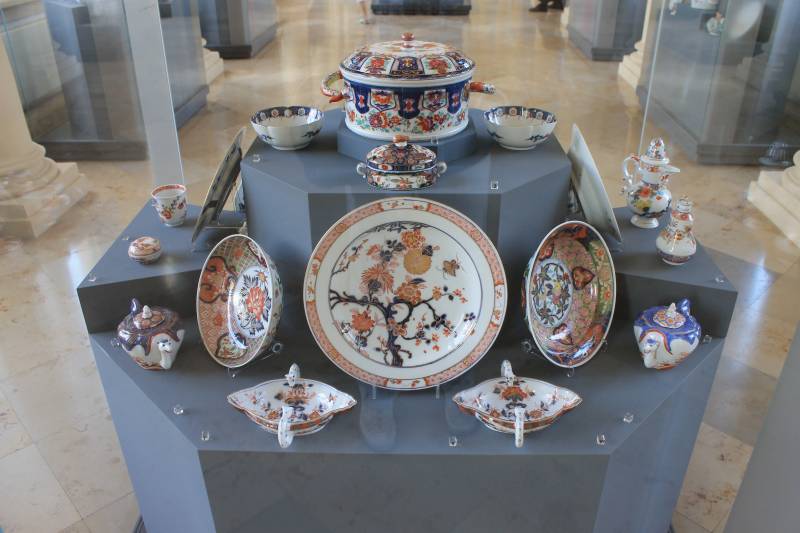
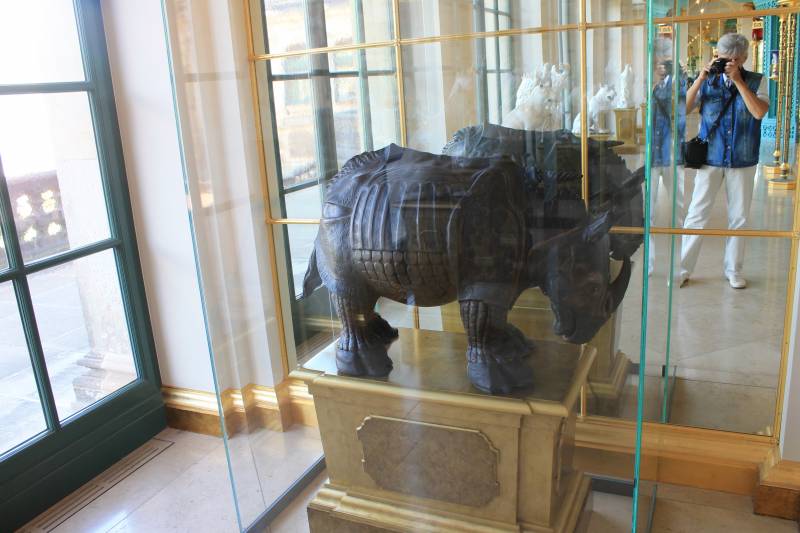
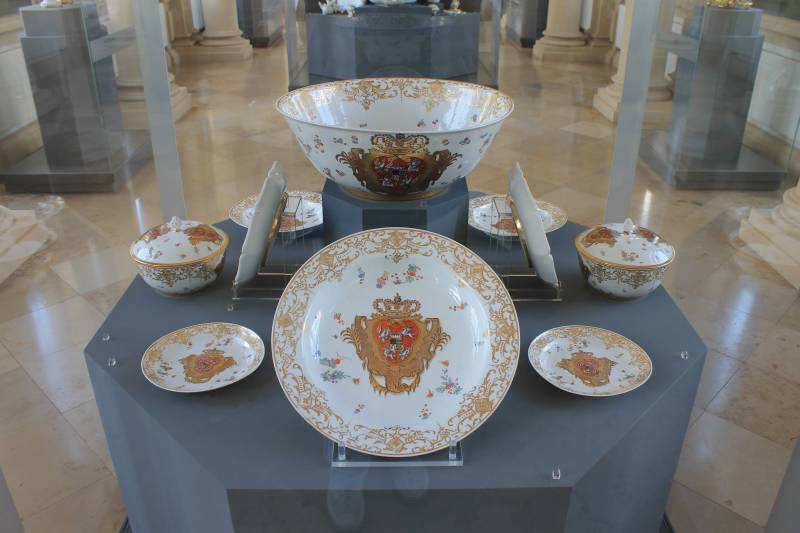
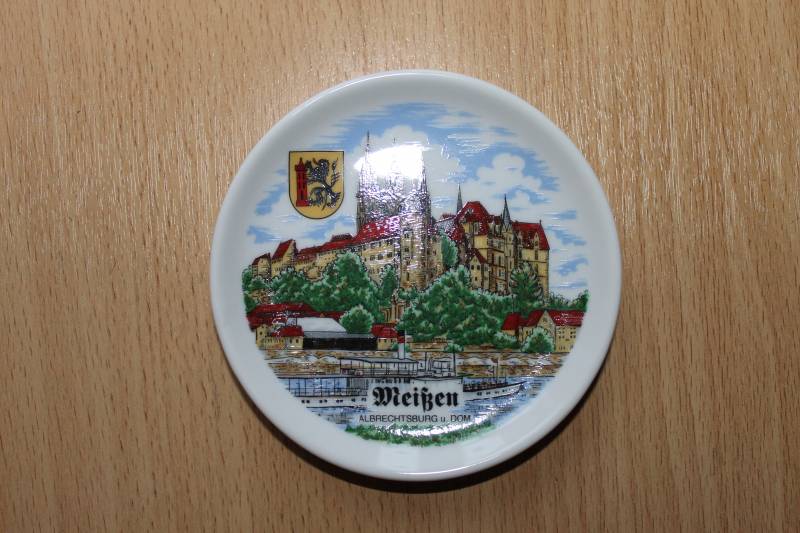
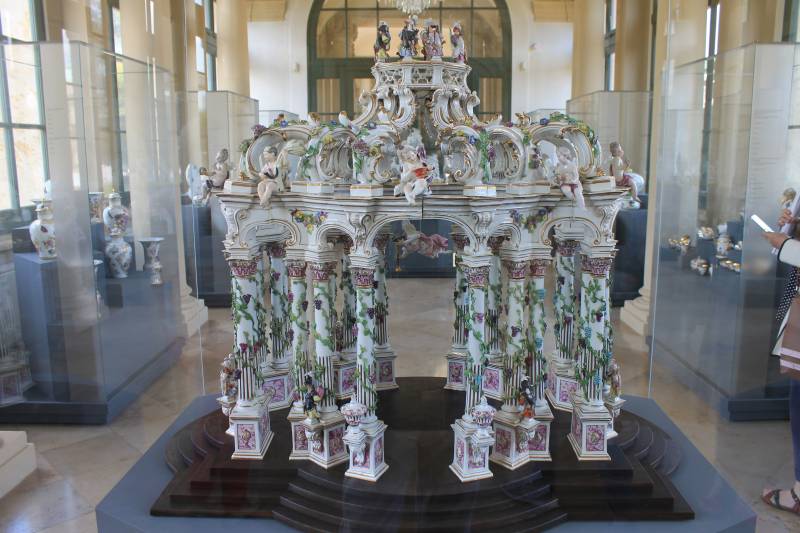
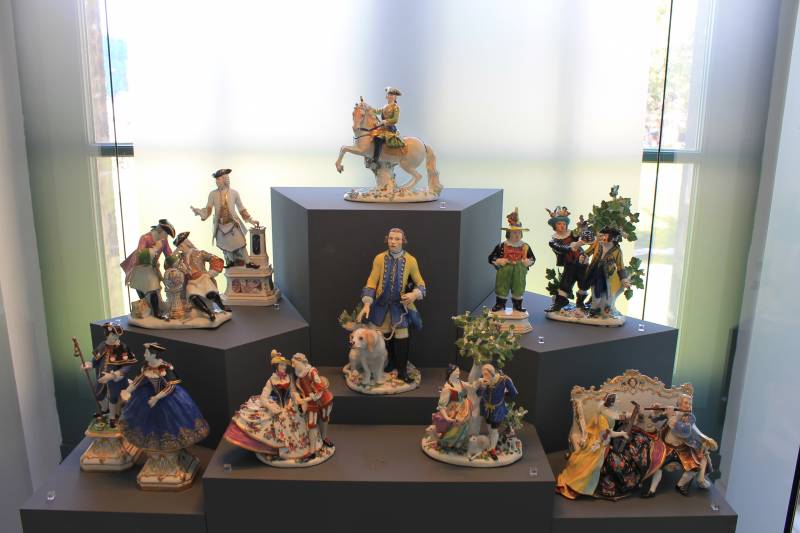
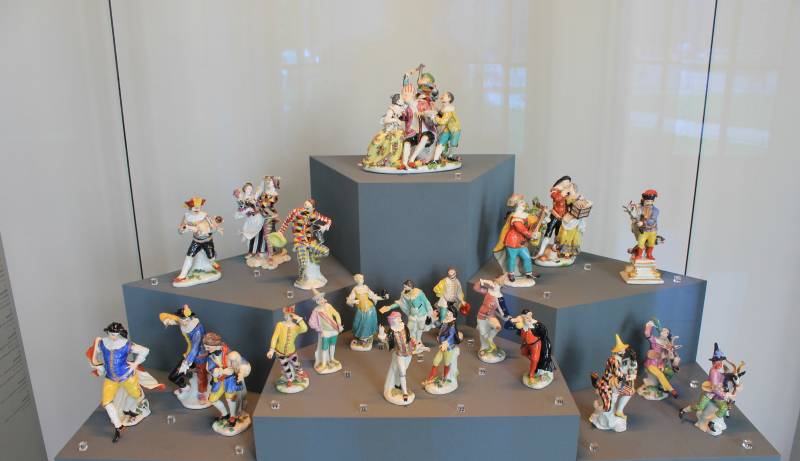
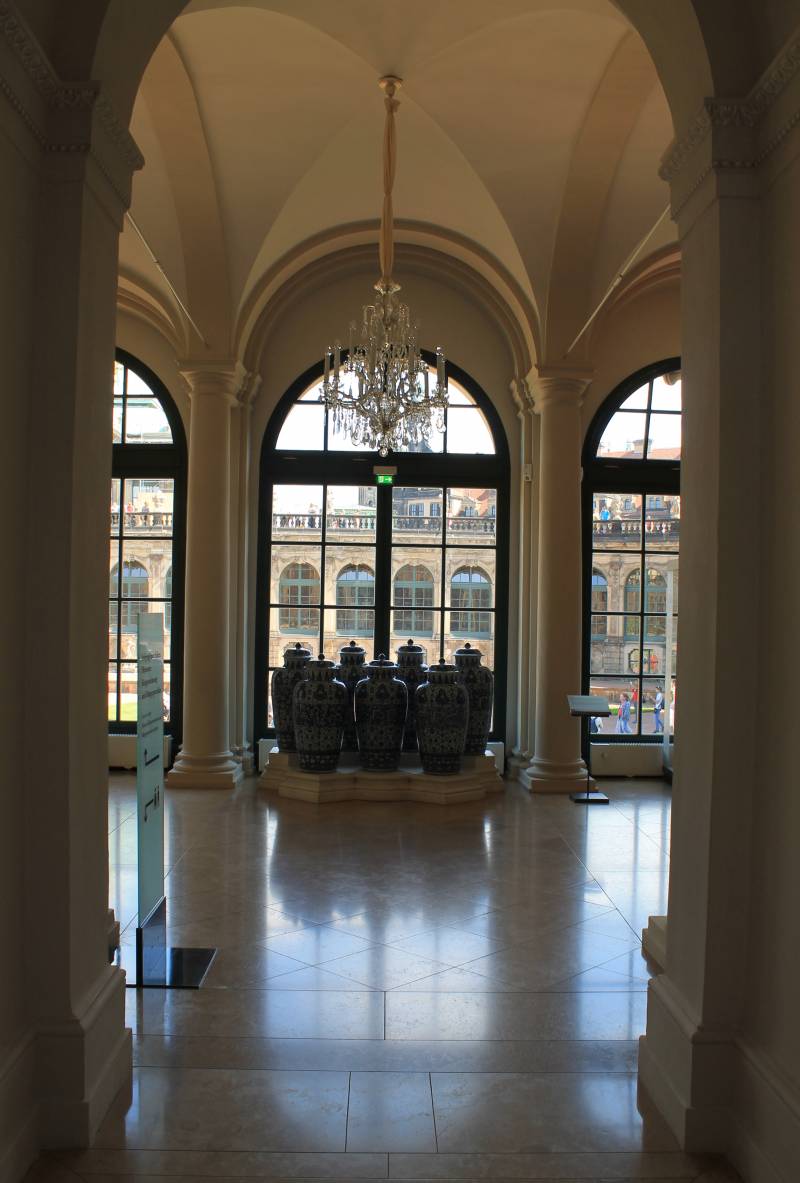
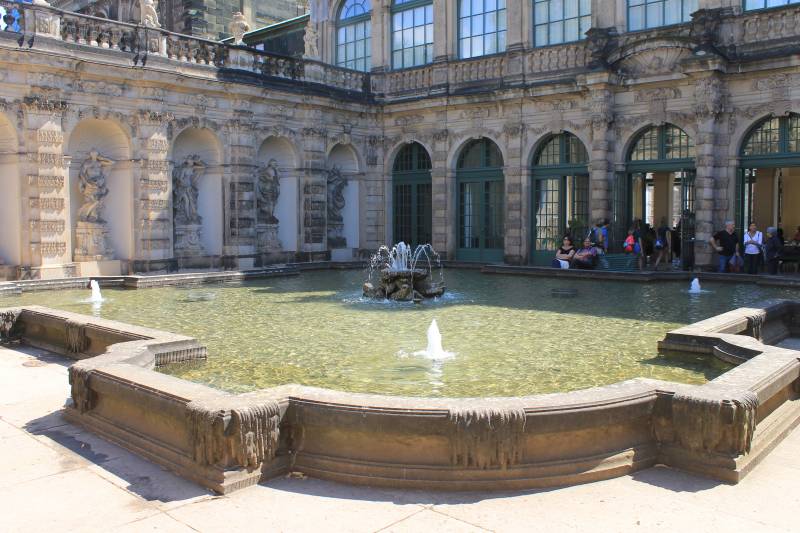
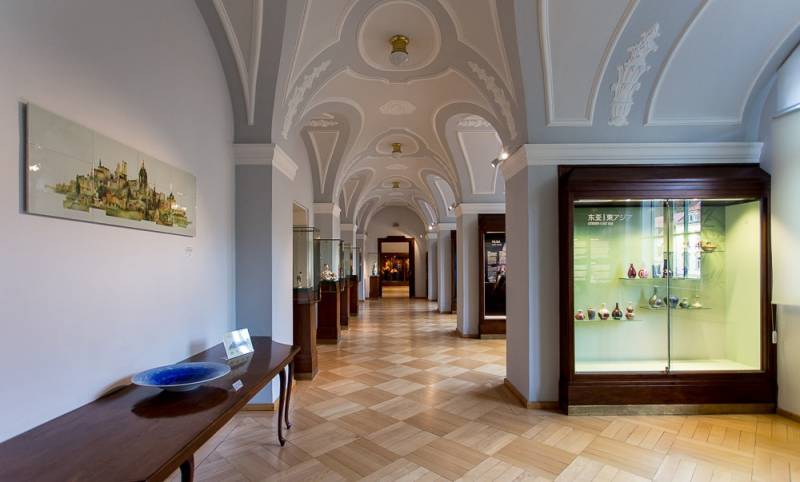
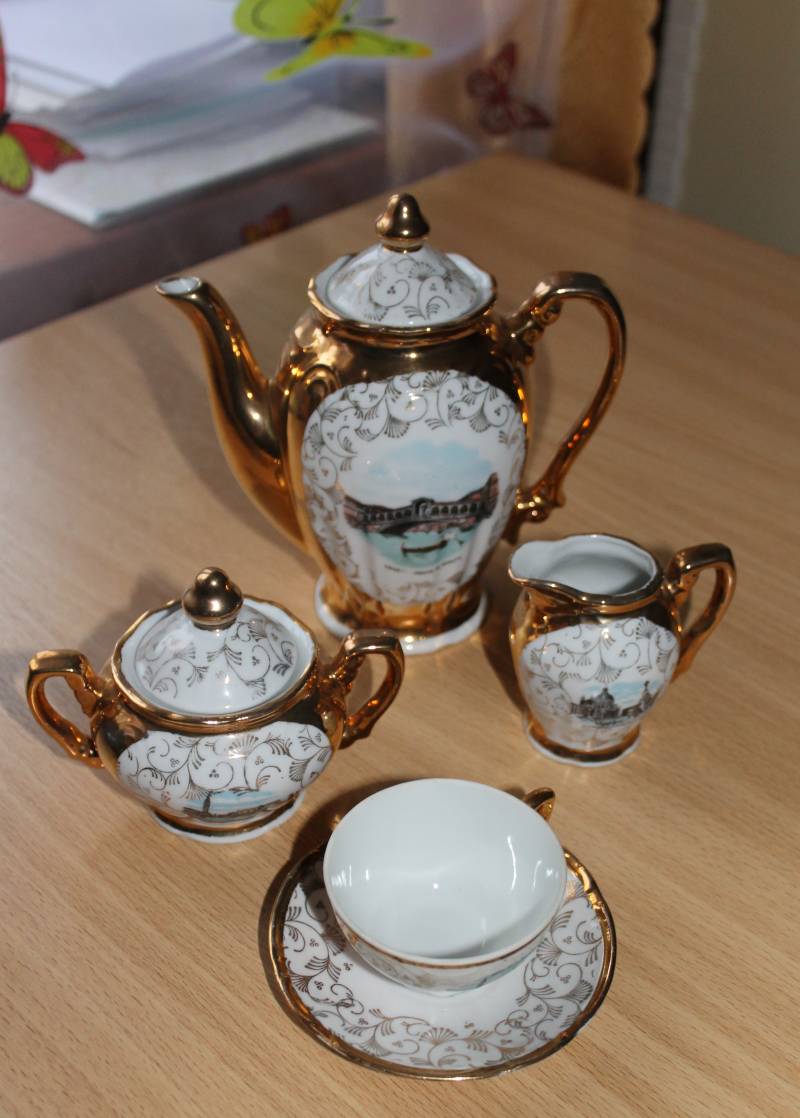
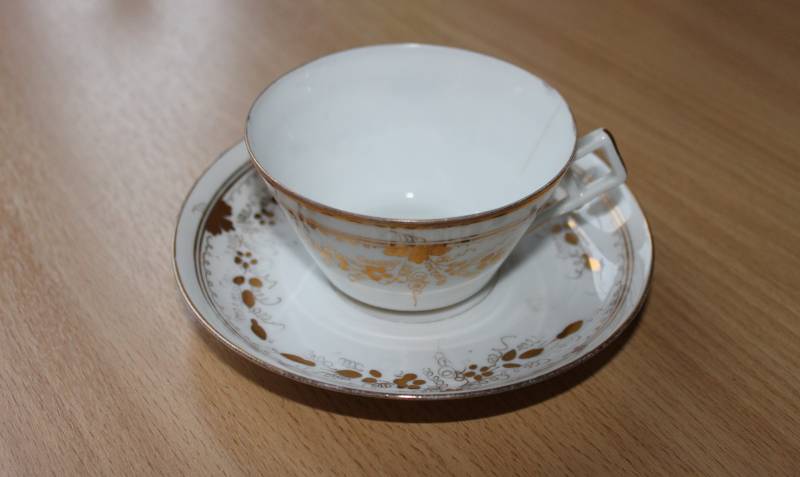
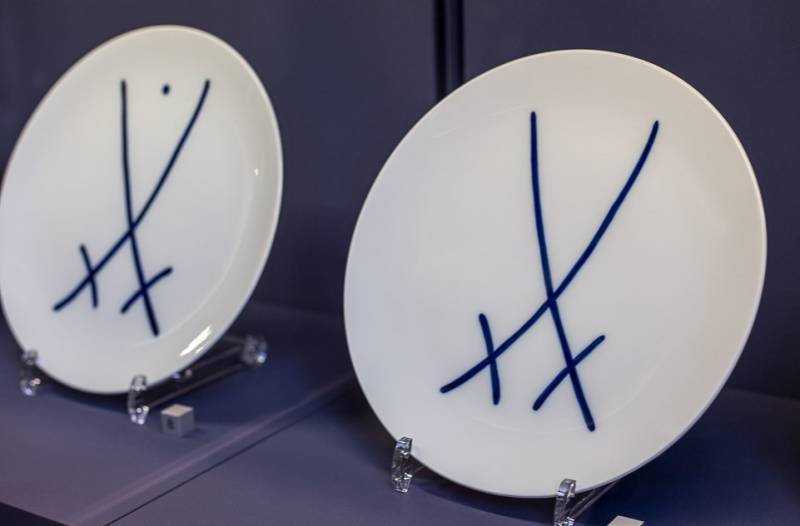
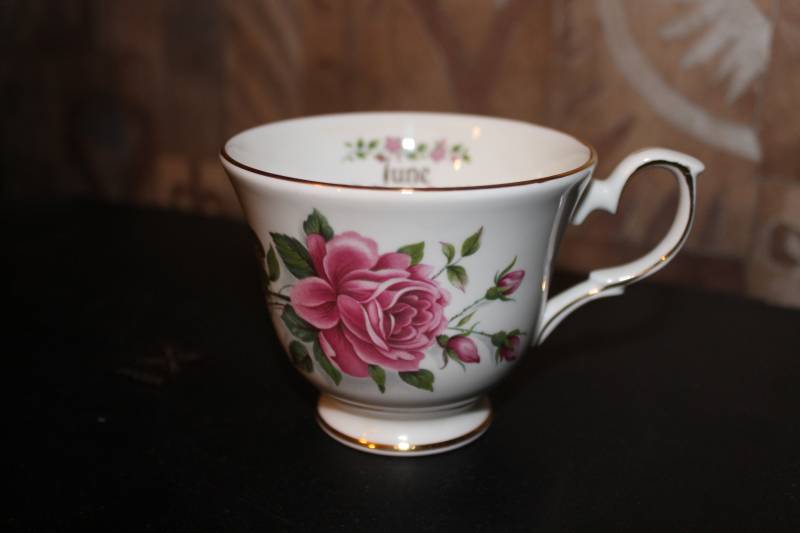
Information